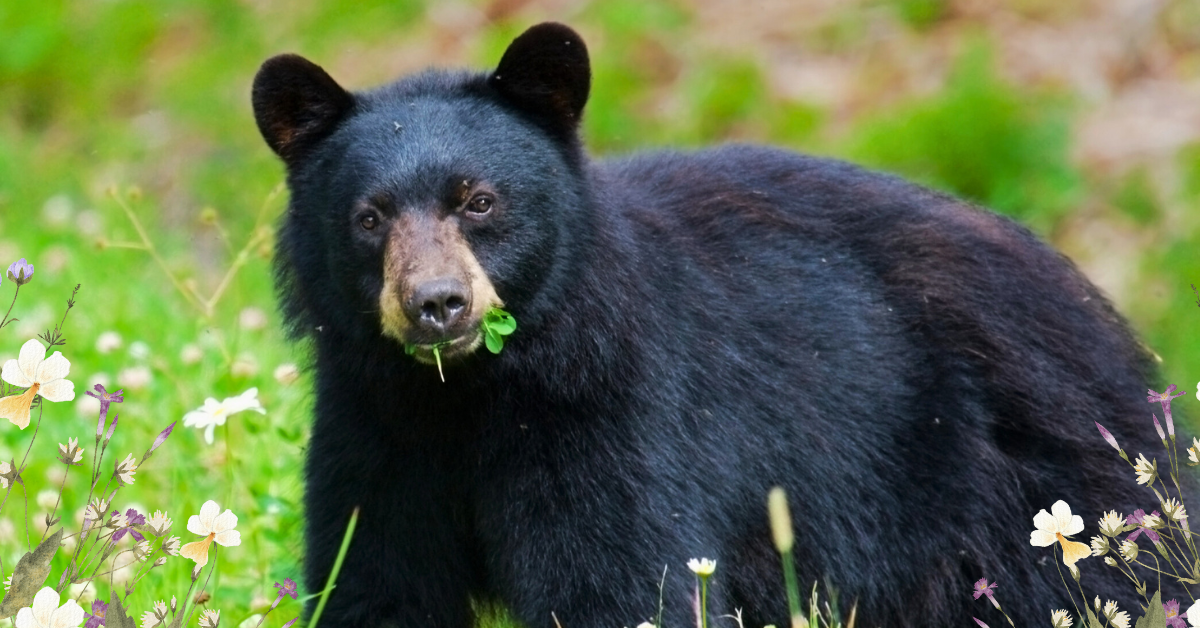Humans aren’t the only ones stirred by the longer, lighter days and warmer weather that accompany spring.
Black bears are waking up from their winter nap—a.k.a. a state of torpor, and you don’t want to put out the welcome mat for them in your backyard. Now is a good time to make sure anything around your home and property that could possibly attract a hungry bear is stored out of sight, smell and reach. More on that shortly!
Torpor is a state of decreased physiological activity, achieved by a reduced body temperature and metabolic rate. Unlike the deep, prolonged unconsciousness of true hibernation, bears can rouse relatively quickly from torpor. This ability to awaken easily is crucial for a mother bear who needs to care for newborn cubs or for any bear that needs to defend itself from predators.
The metabolic strategy bears employ is quite fascinating. Instead of shutting down, their bodies become incredibly efficient at recycling waste products. They don’t eat, drink, urinate or defecate during their denning period. Instead, they break down fats to produce water and energy, essentially using their own resources to sustain themselves. This process also allows them to heal from any injuries they may have incurred before entering their dens. It’s a remarkable example of natural resourcefulness.
Bears emerge drowsy and lethargic and spend their first few days drinking lots of water. They’ll soon be nibbling on plants that provide some roughage and help clear their kidneys and digestive system. Bears eat lightly at first and look for old berries, rose hips and acorns along with winterkill carcasses. Eventually bears will go in search of more substantial meals.
Bears are opportunistic feeders and will follow their powerful noses—one biologist reported that a black bear in California was observed traveling upwind three miles in a straight line following its nose to a carcass of a deer.
That means bears can smell your garbage, birdseed, pet food, beehives…you get the idea. So, if you live where bears live, it’s best to take down birdfeeders March-November. Use bear-resistant trash cans and wait to put trash out the morning of pick-up, and use electric fencing around beehives, chickens and goats.
But don’t worry, you can attract birds without bird feeders by offering natural sources of food from native-friendly plants, shrubs and trees that insects like. Bird baths and dry soil or sandy areas offer ways for birds to drink and bathe, which is appealing to many birds, as are shelters in the form of birdhouses and roost houses.
To learn more about what attracts bears and how you can keep bears away from your home and property this spring & summer, we recommend this Be BearWise Checklist.

